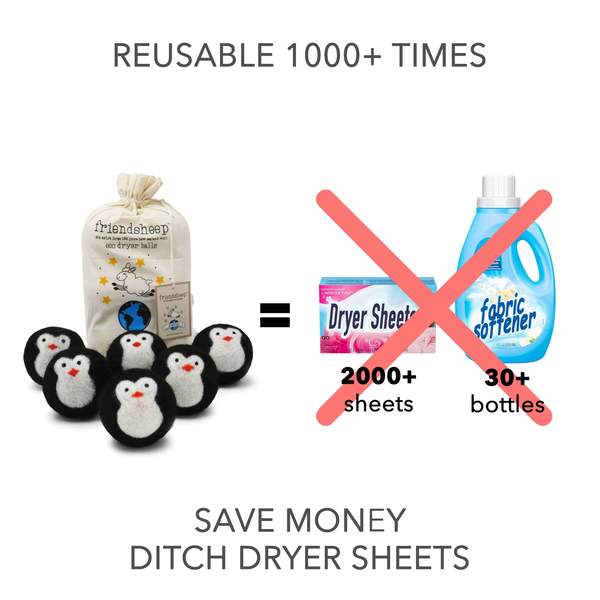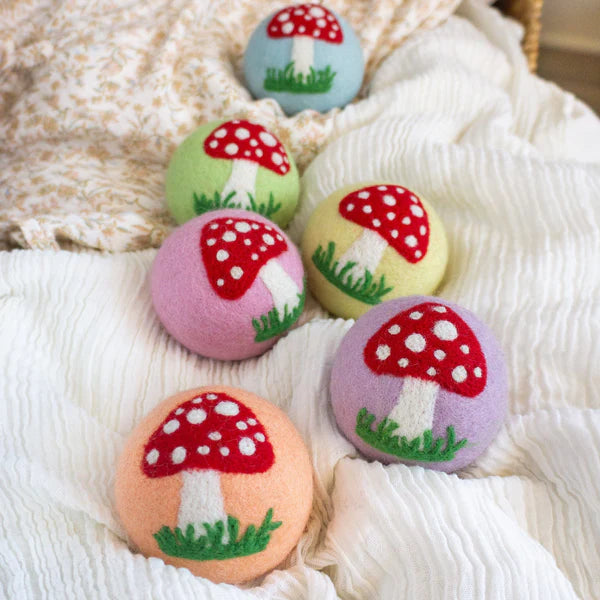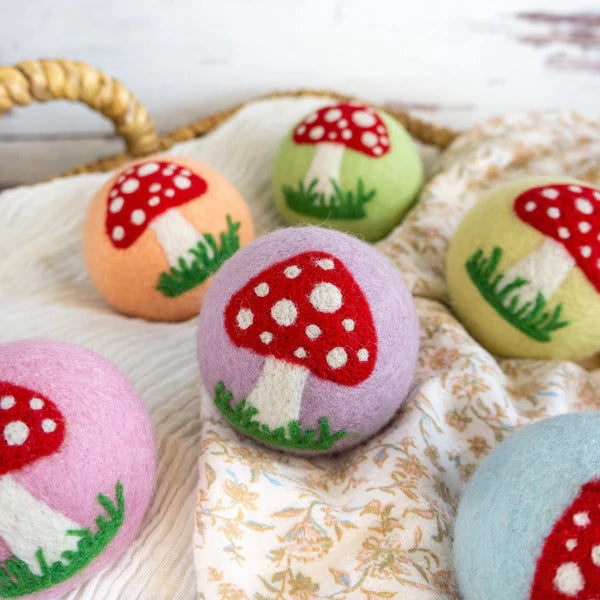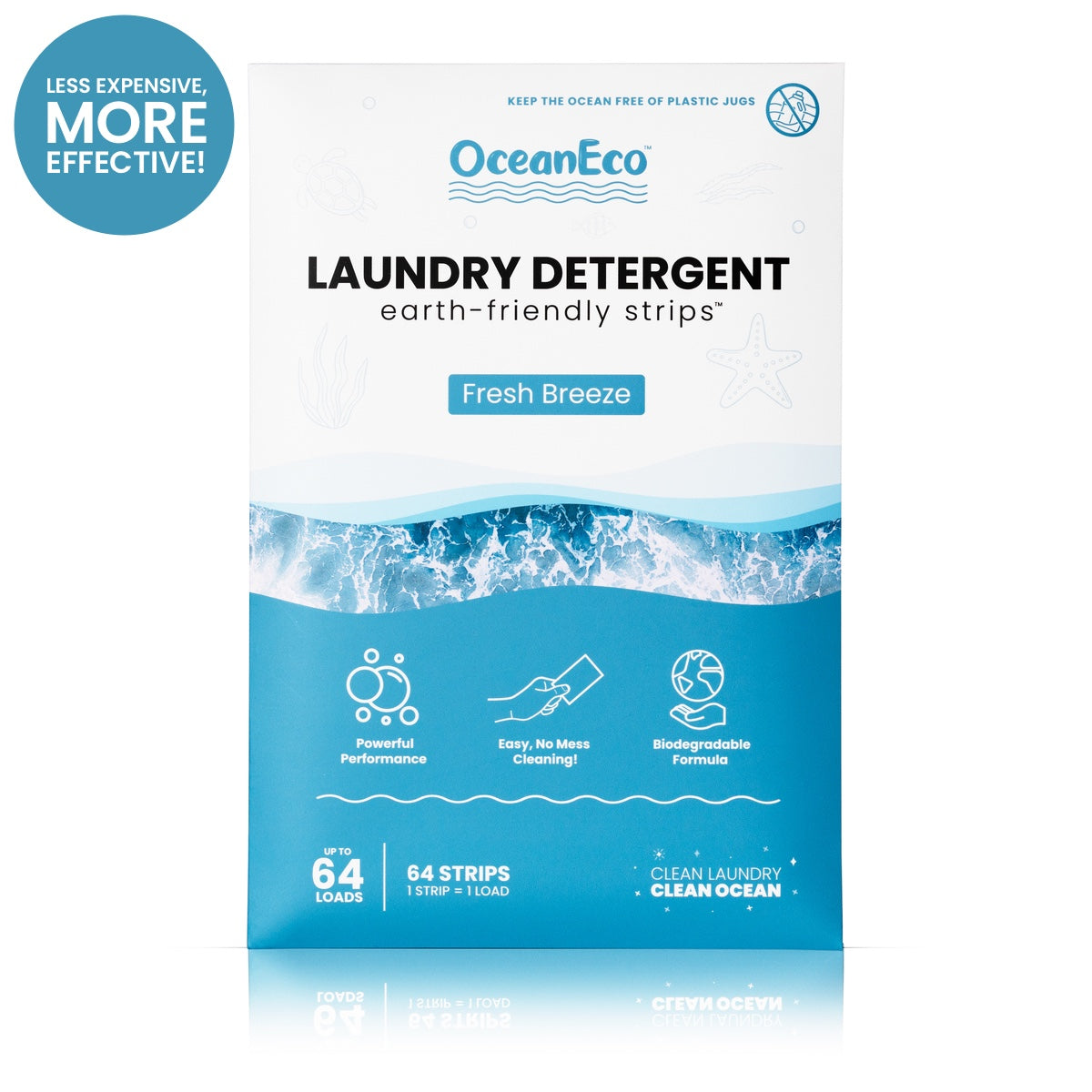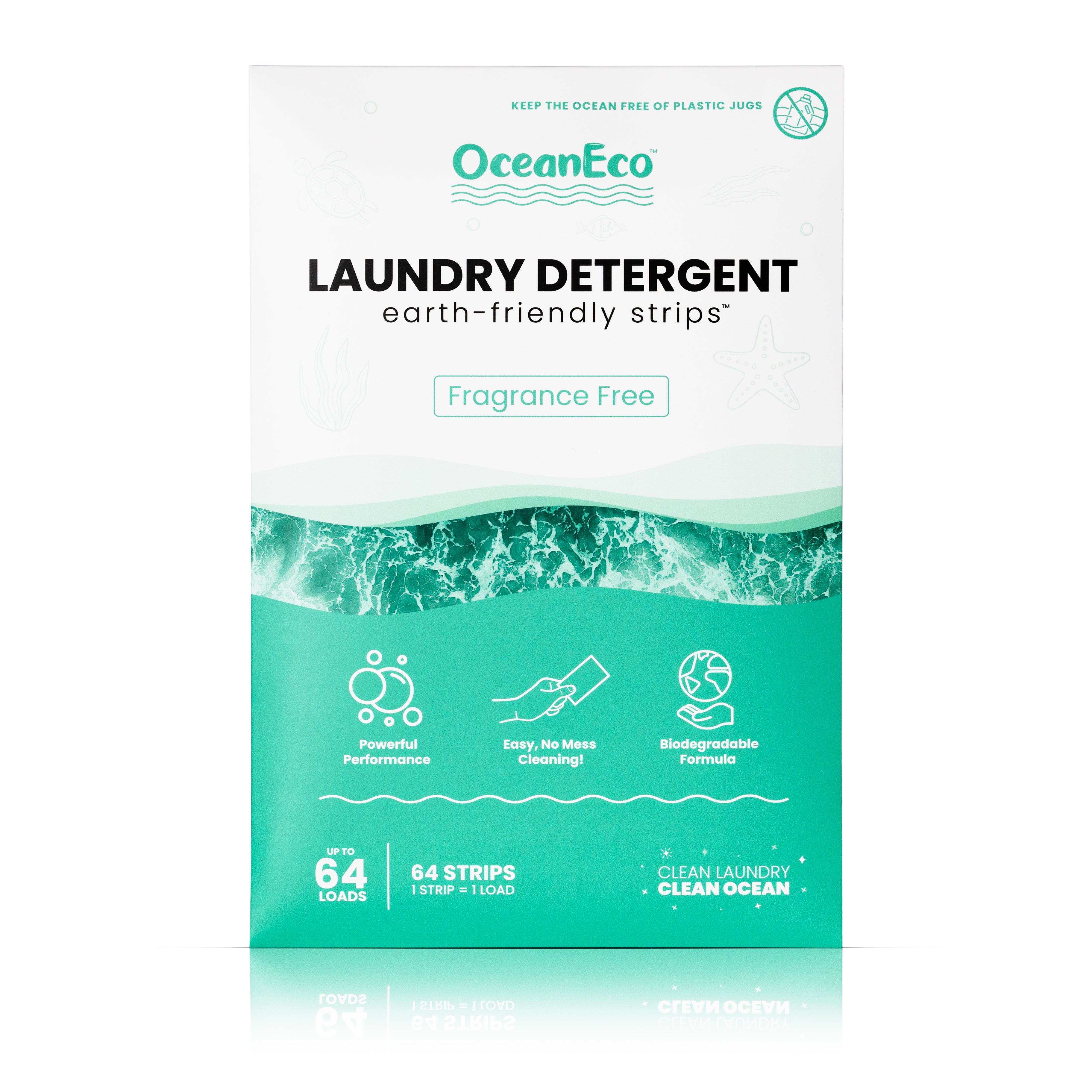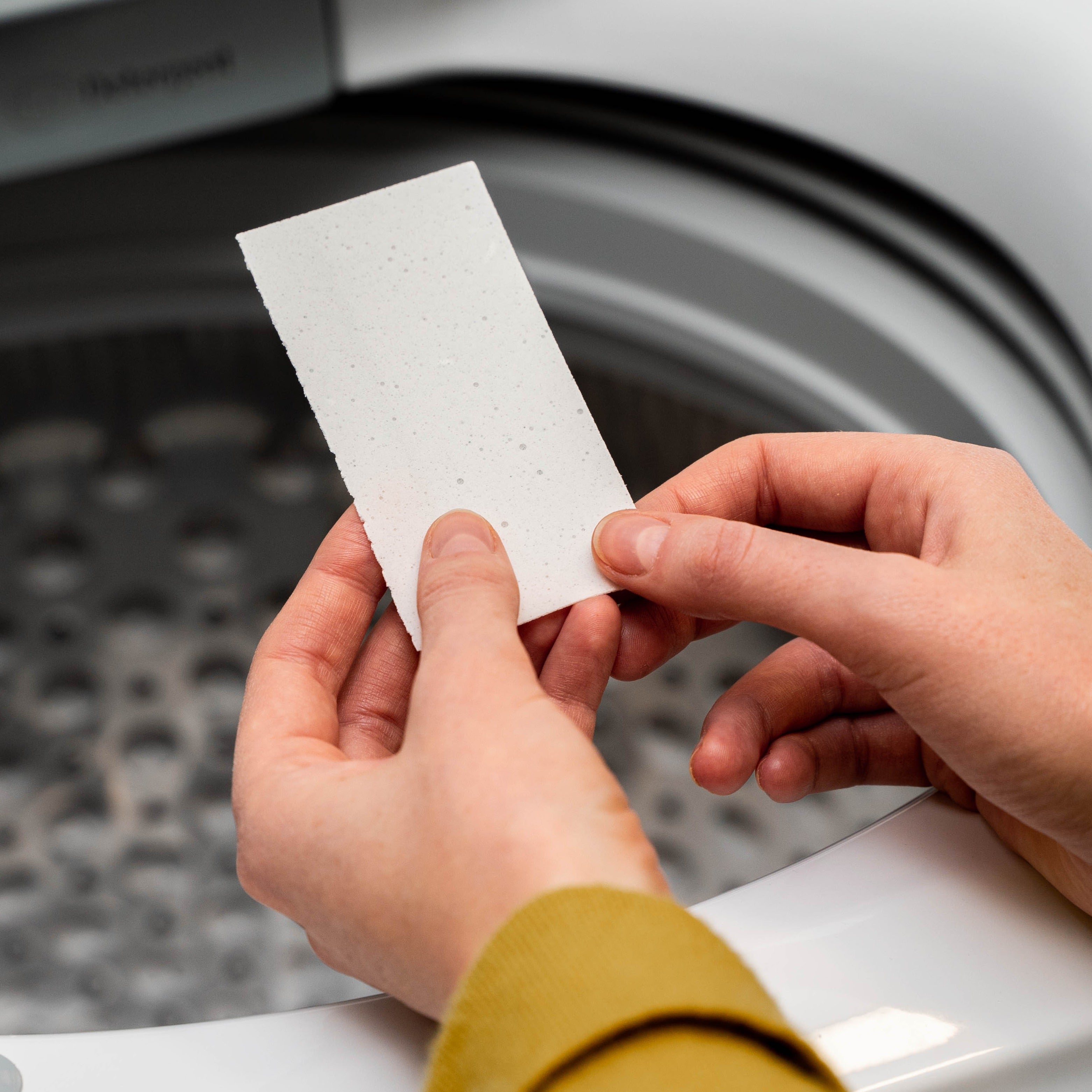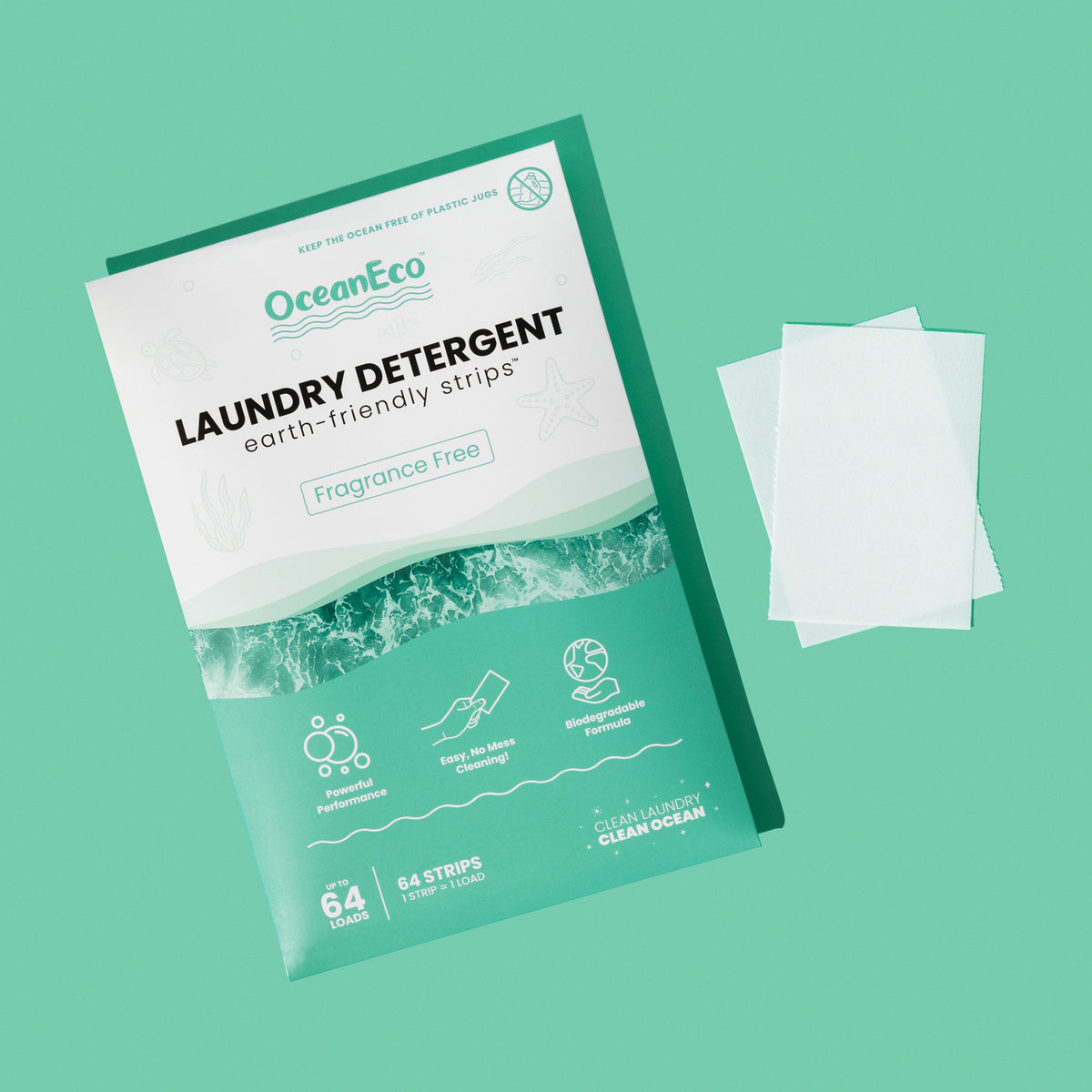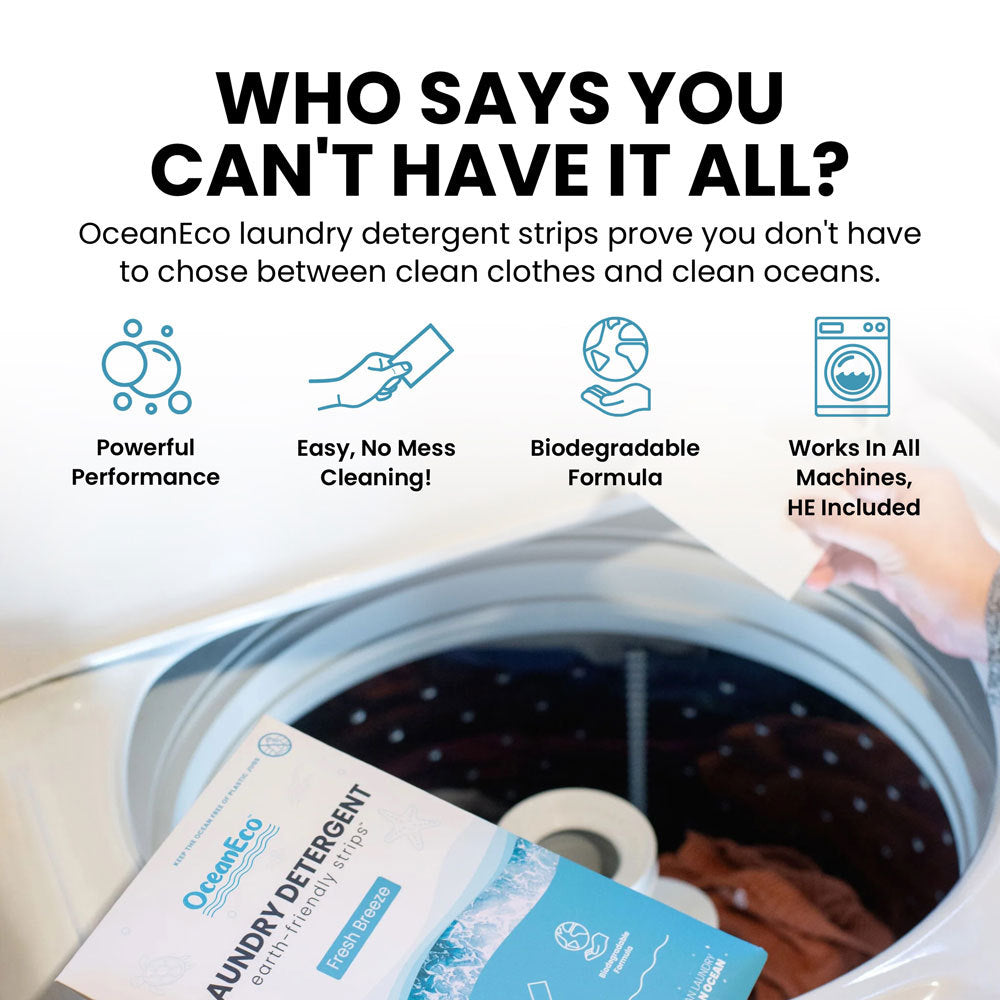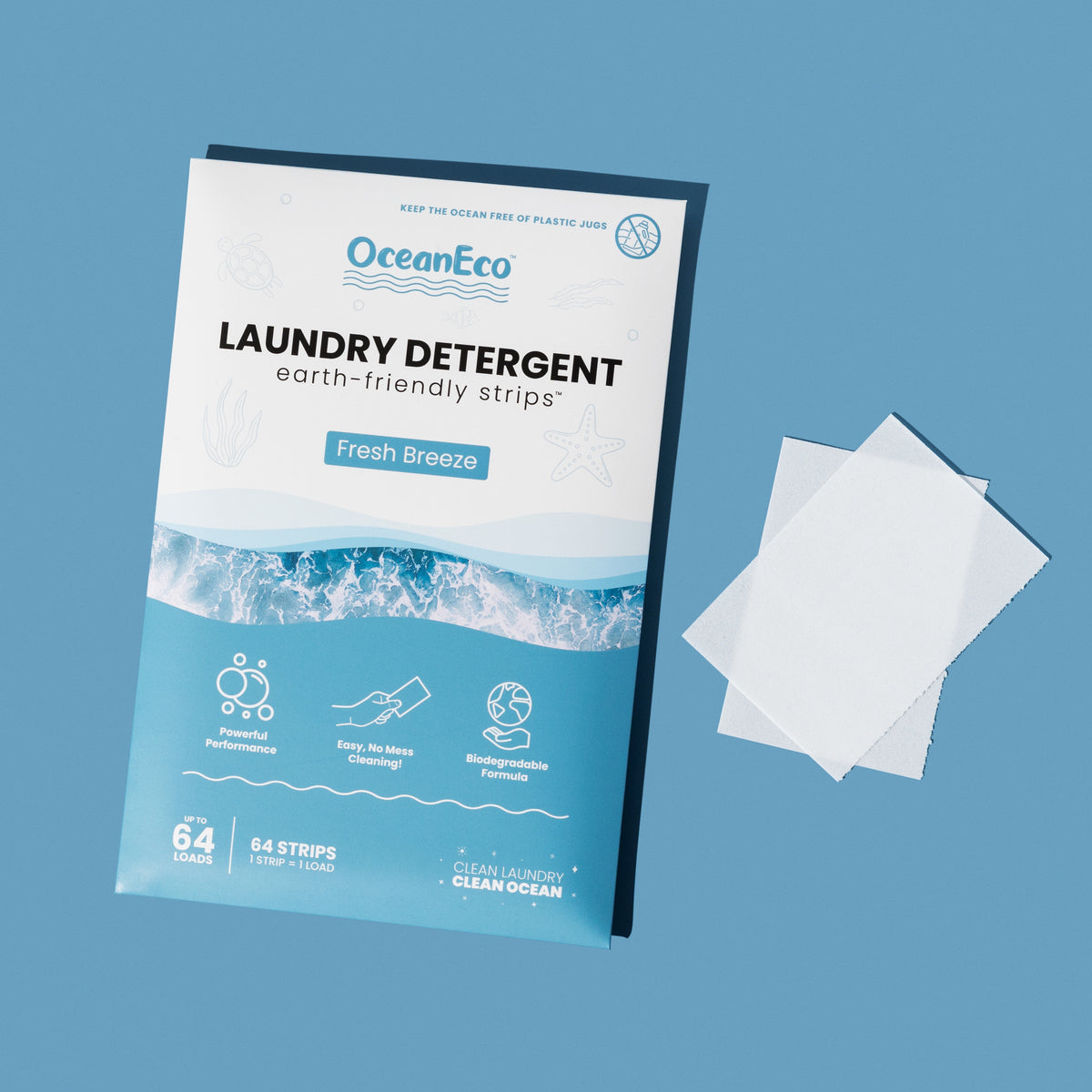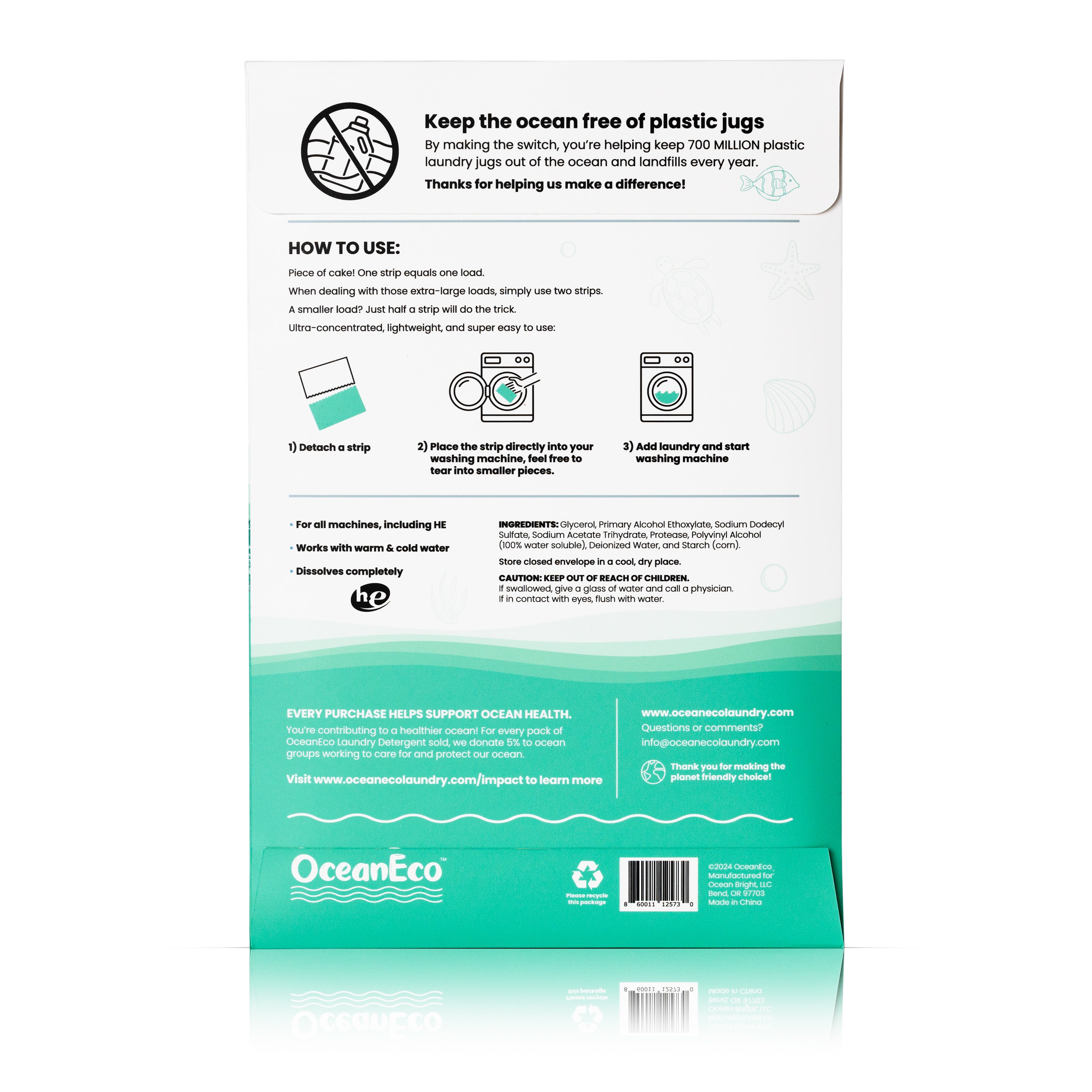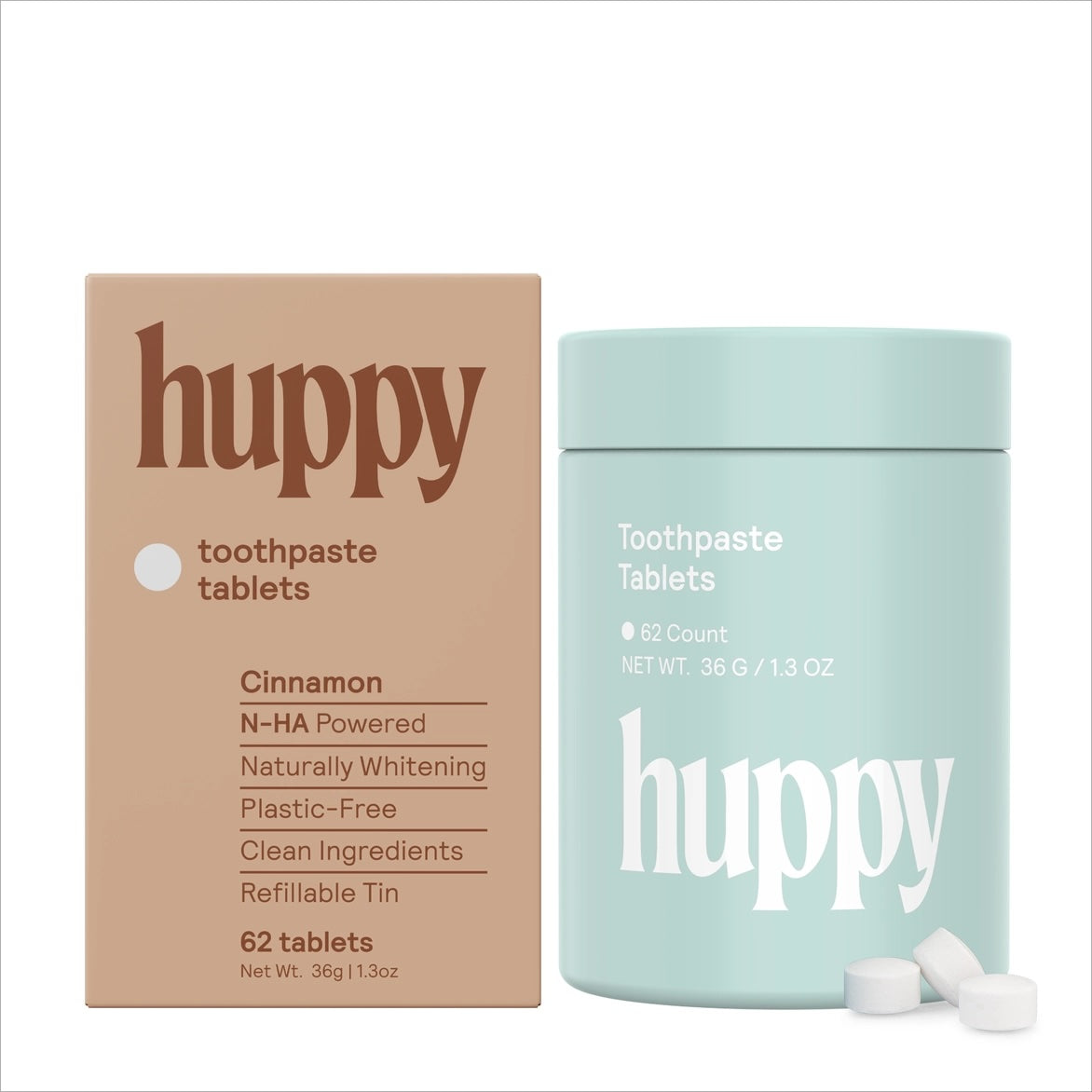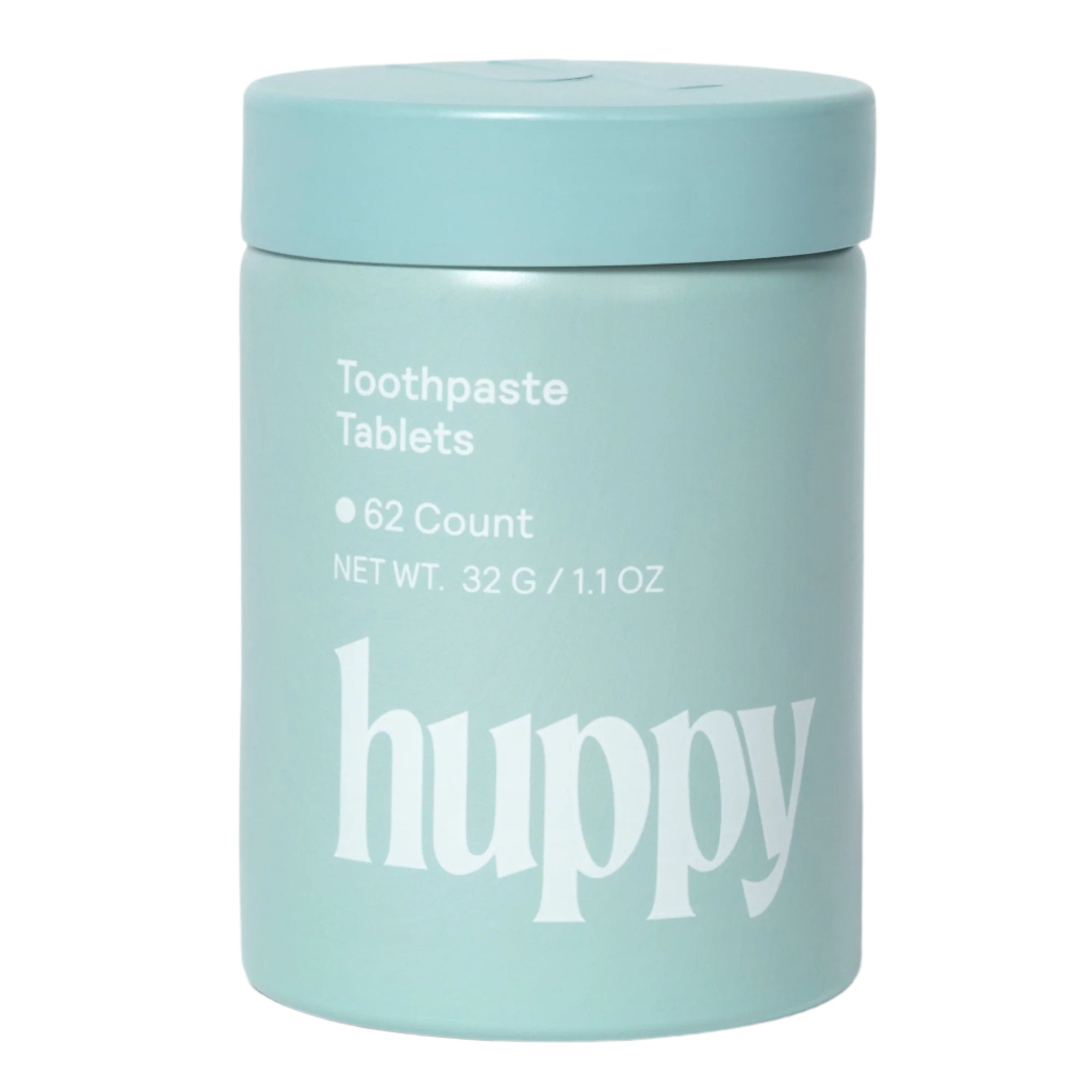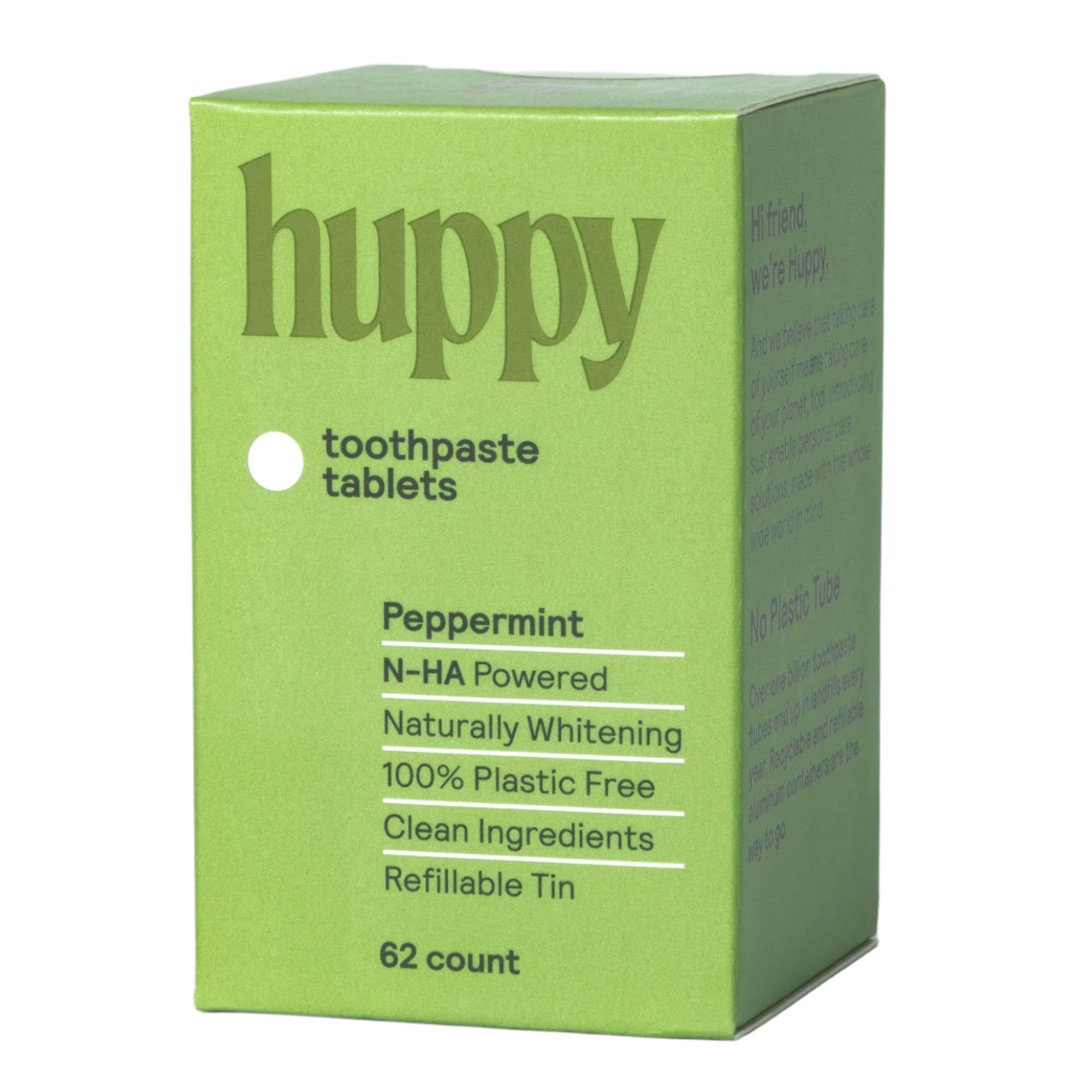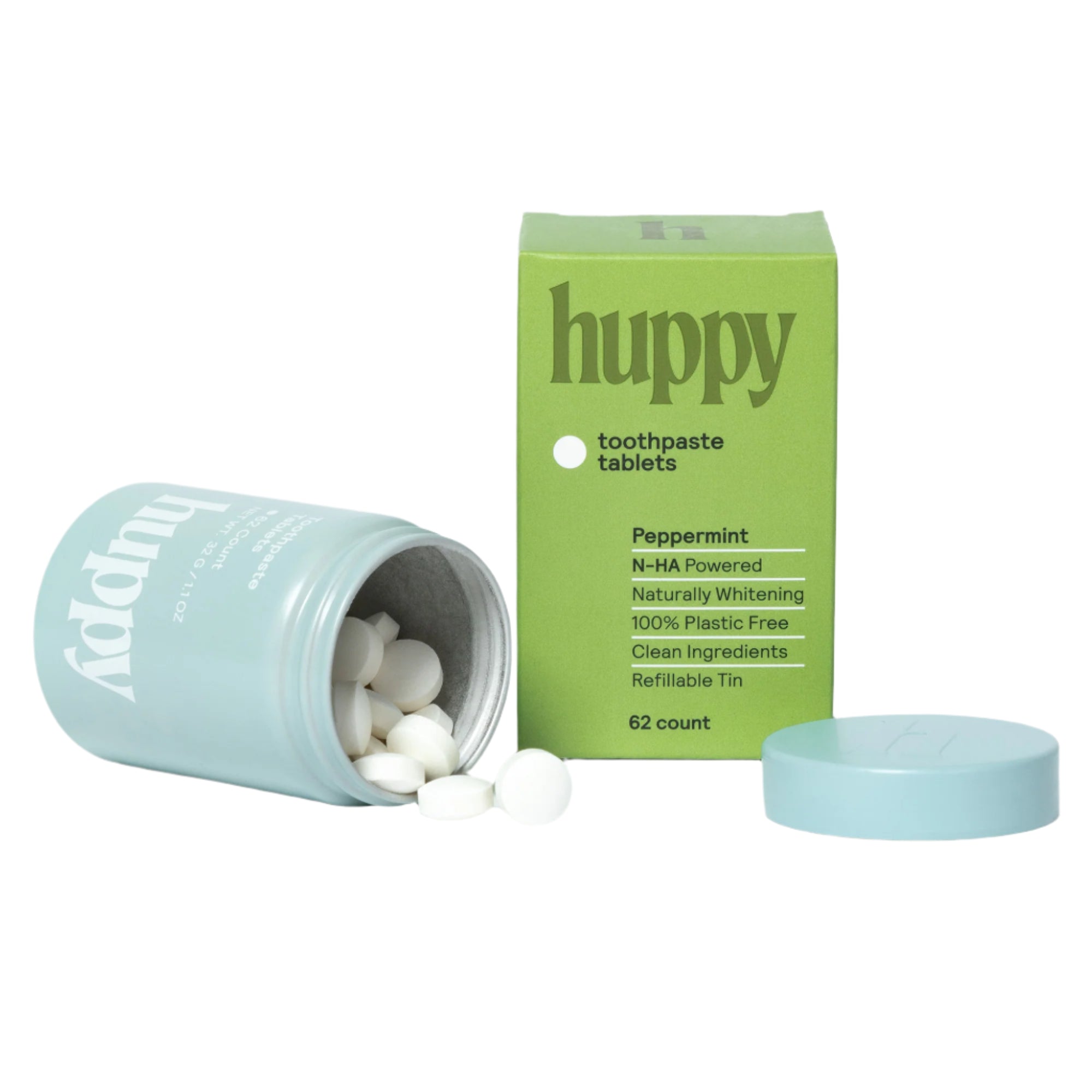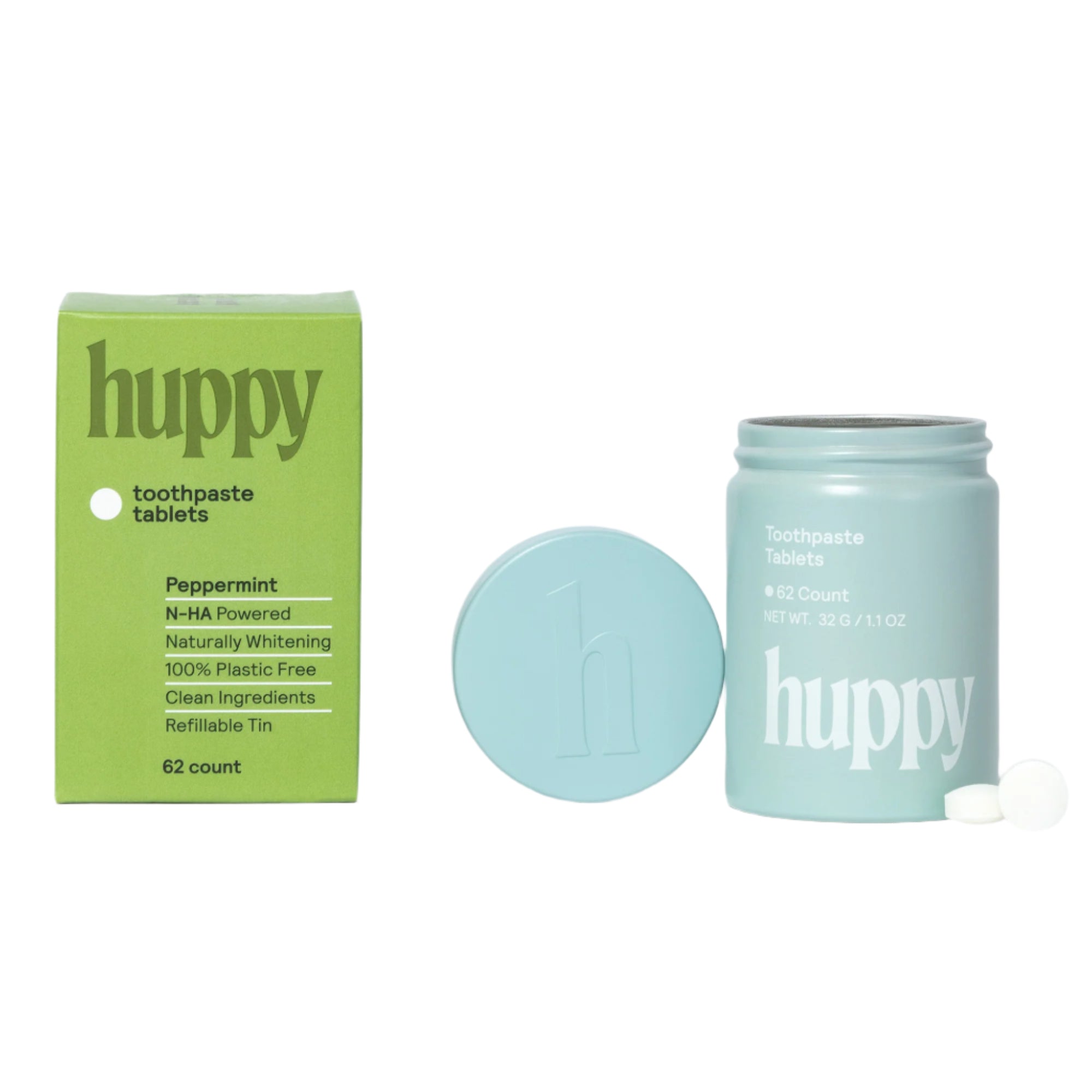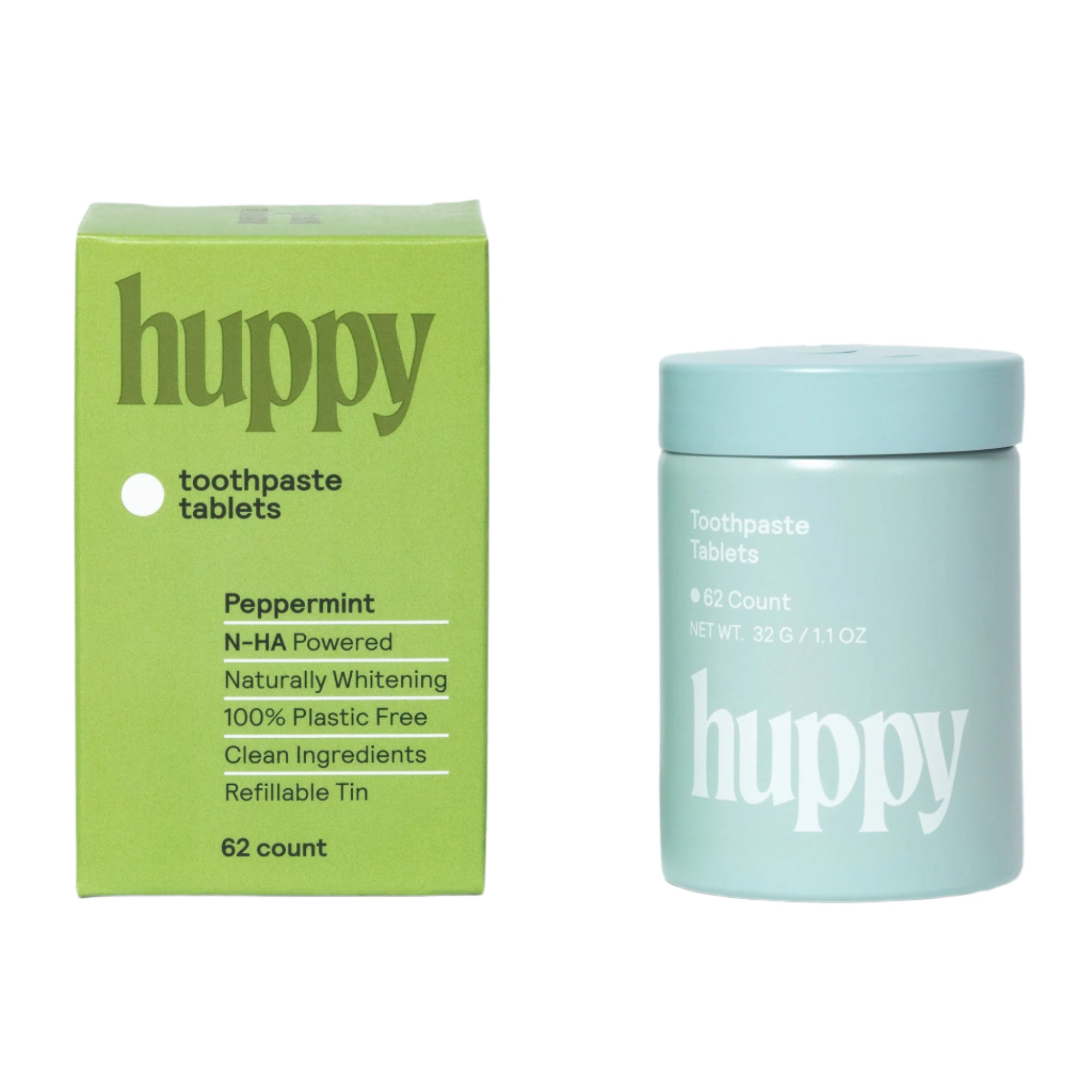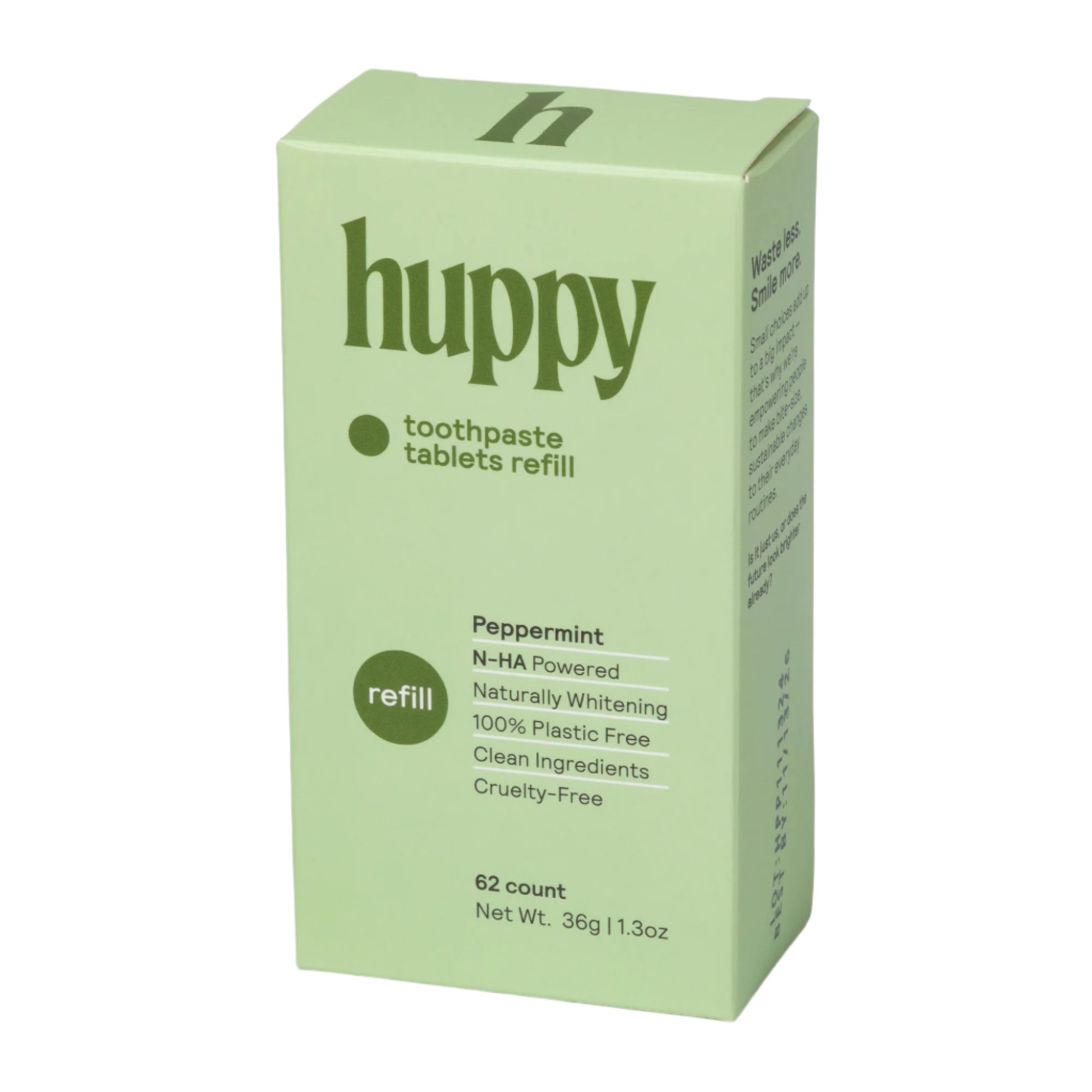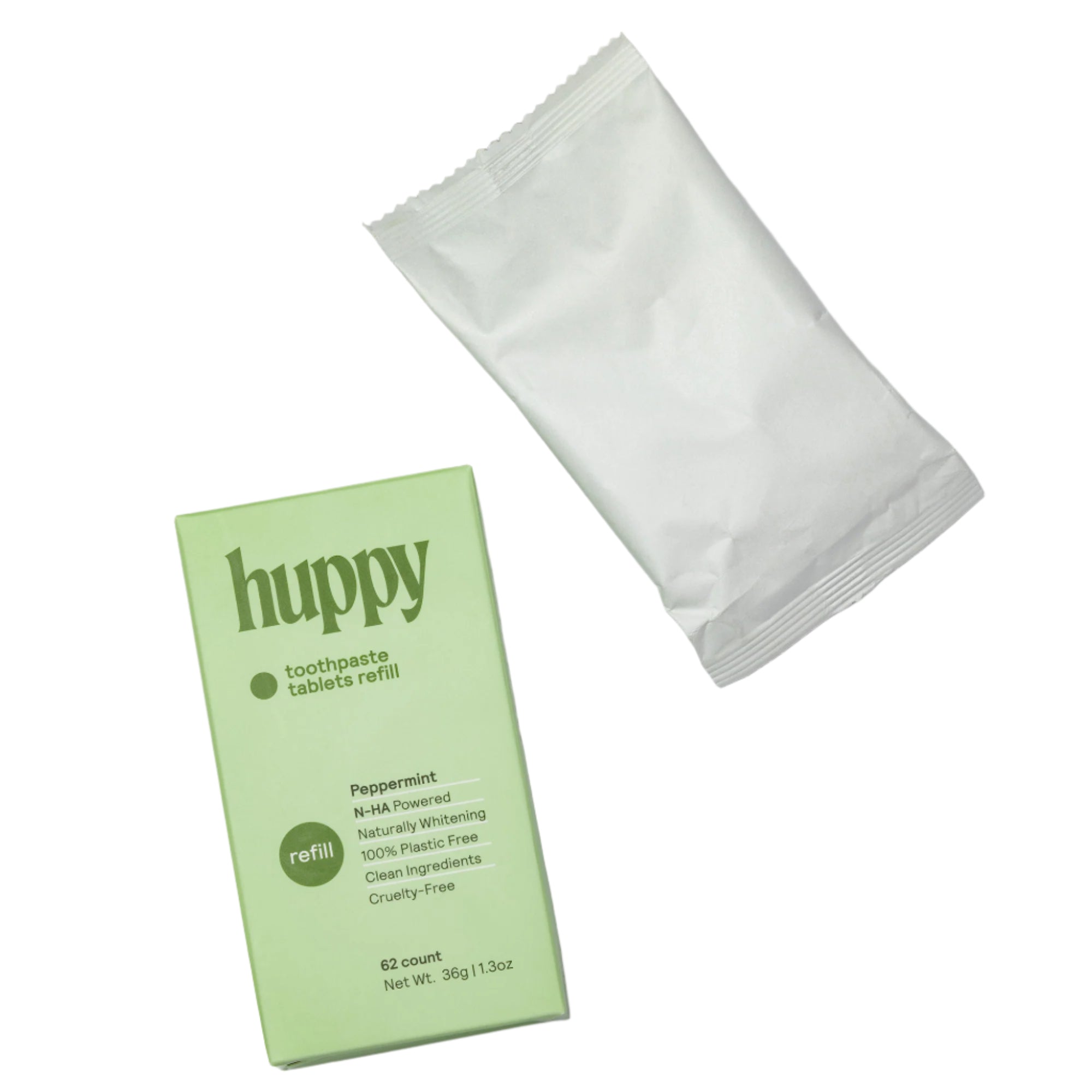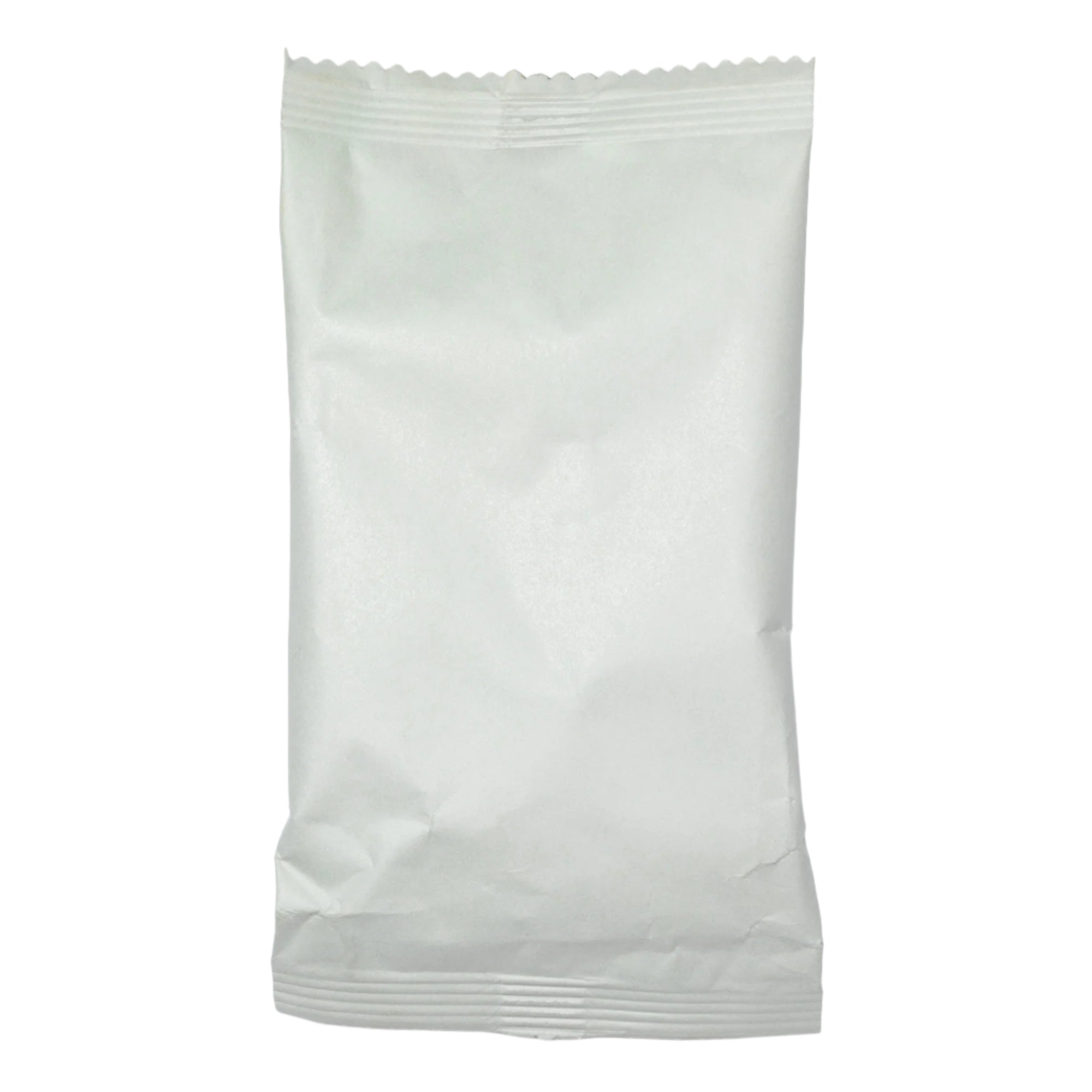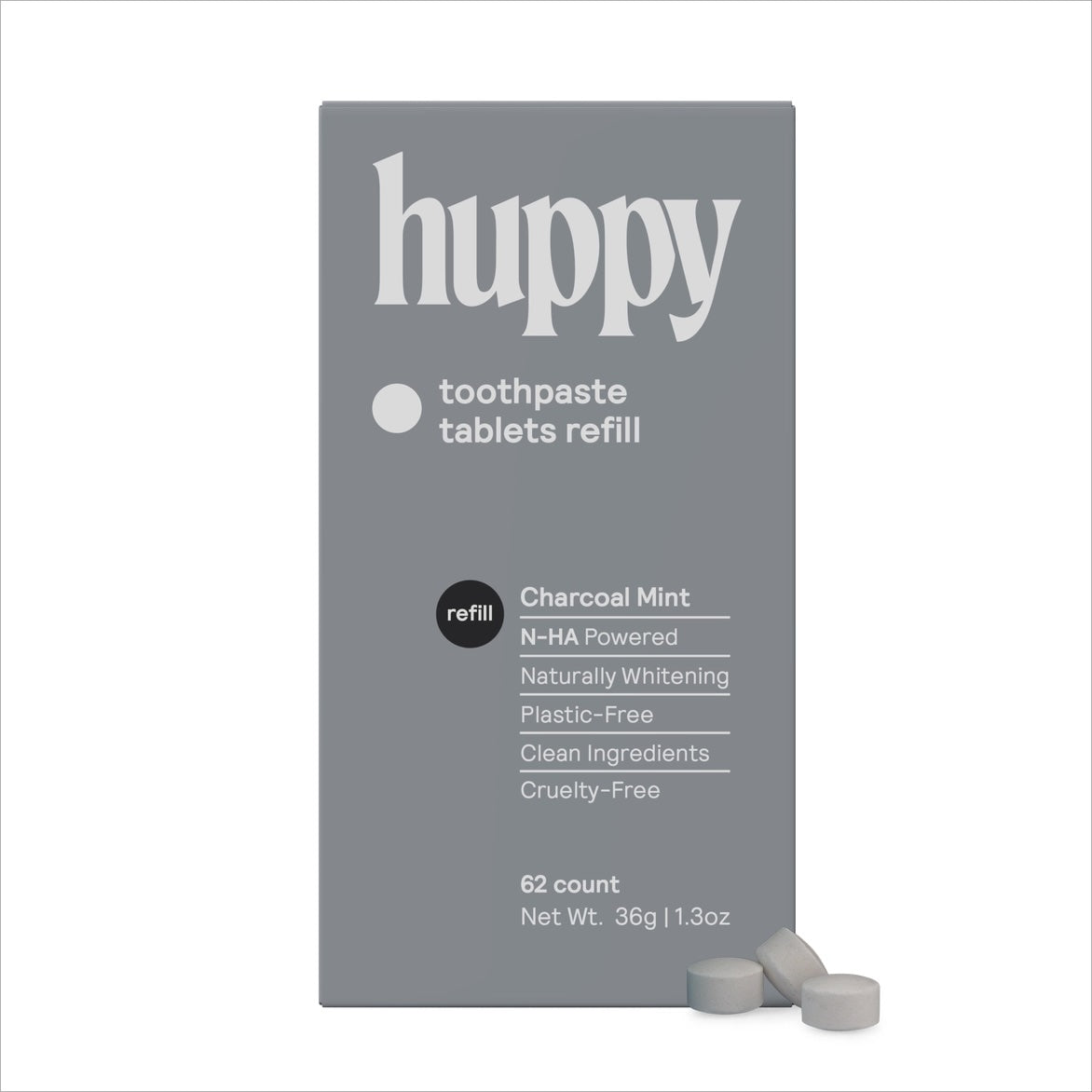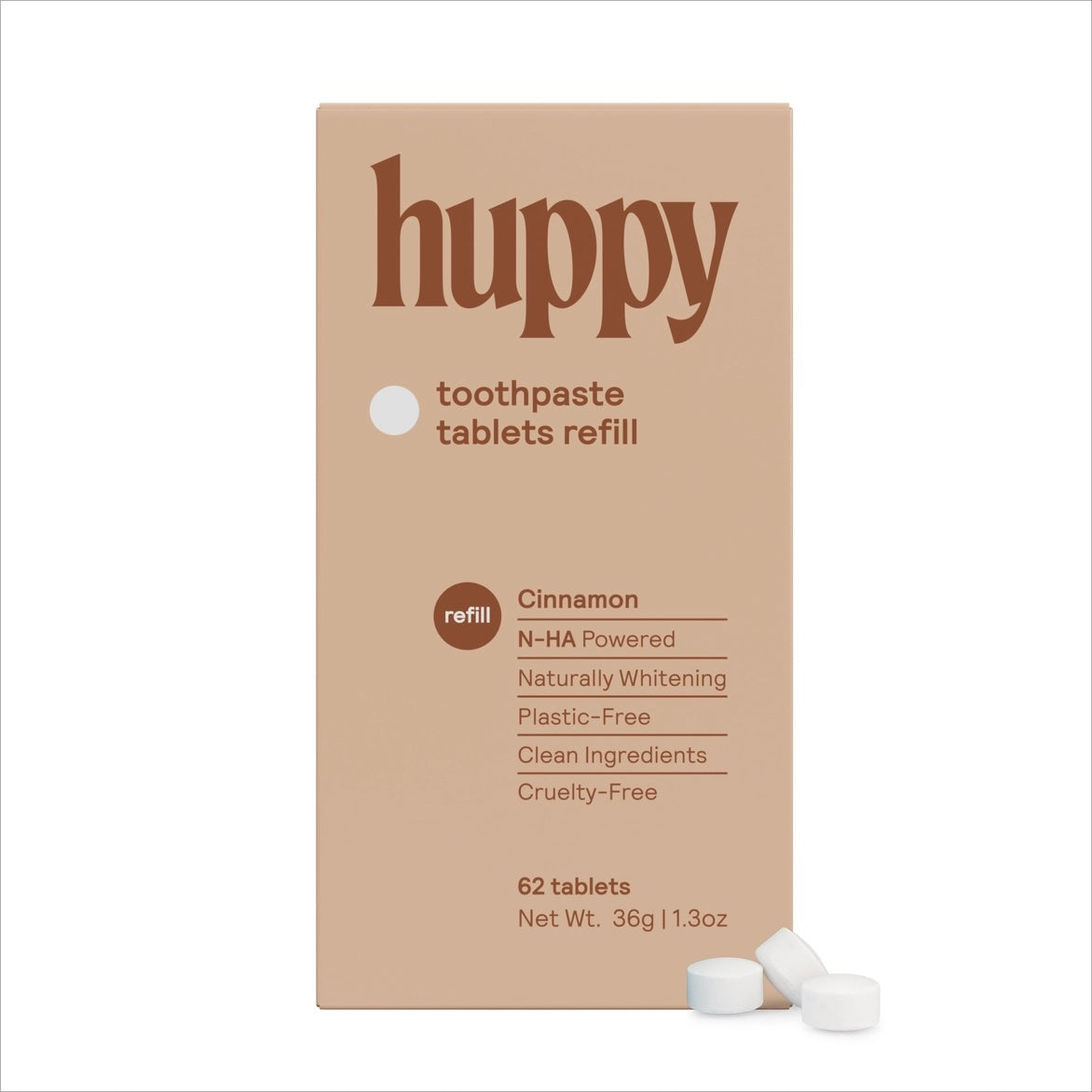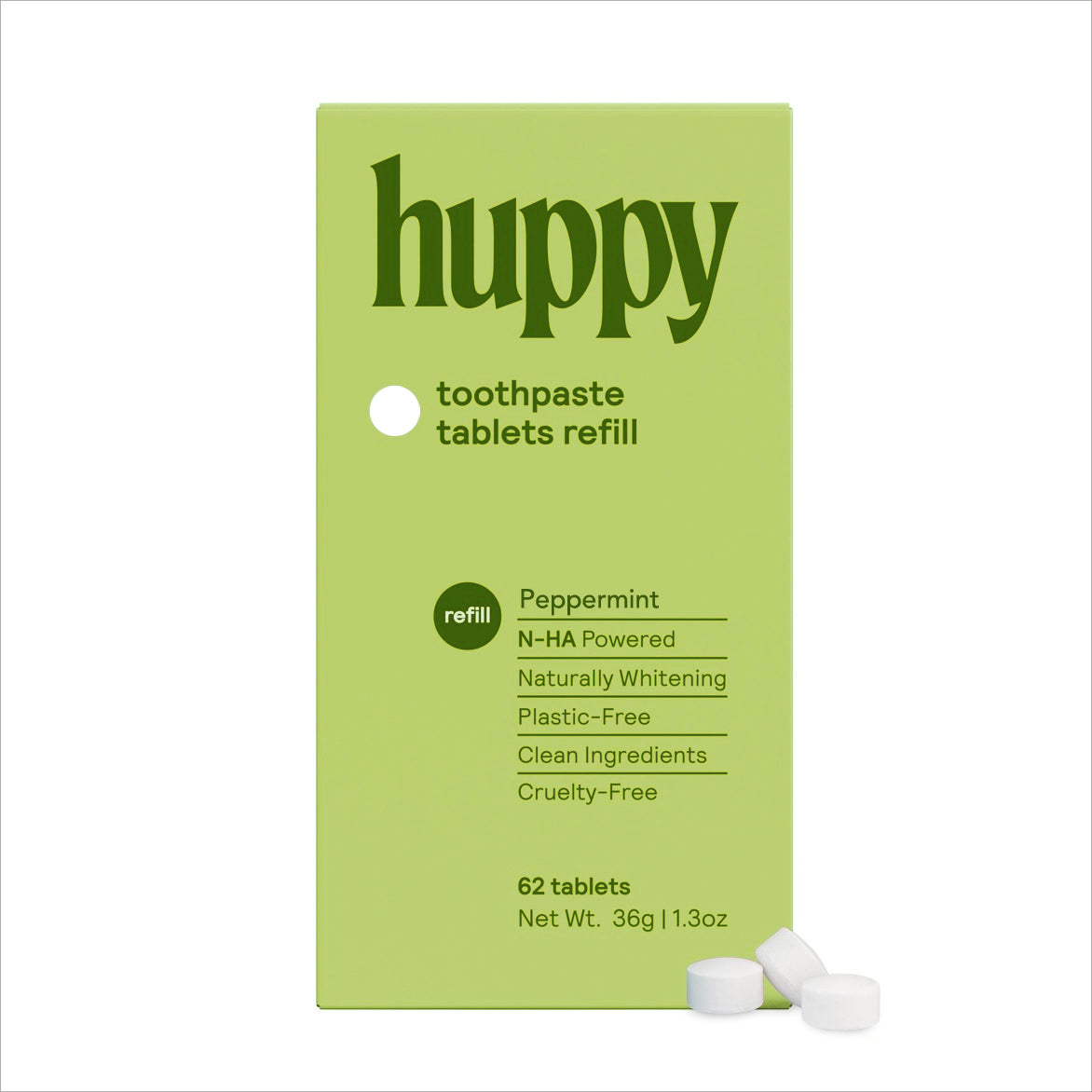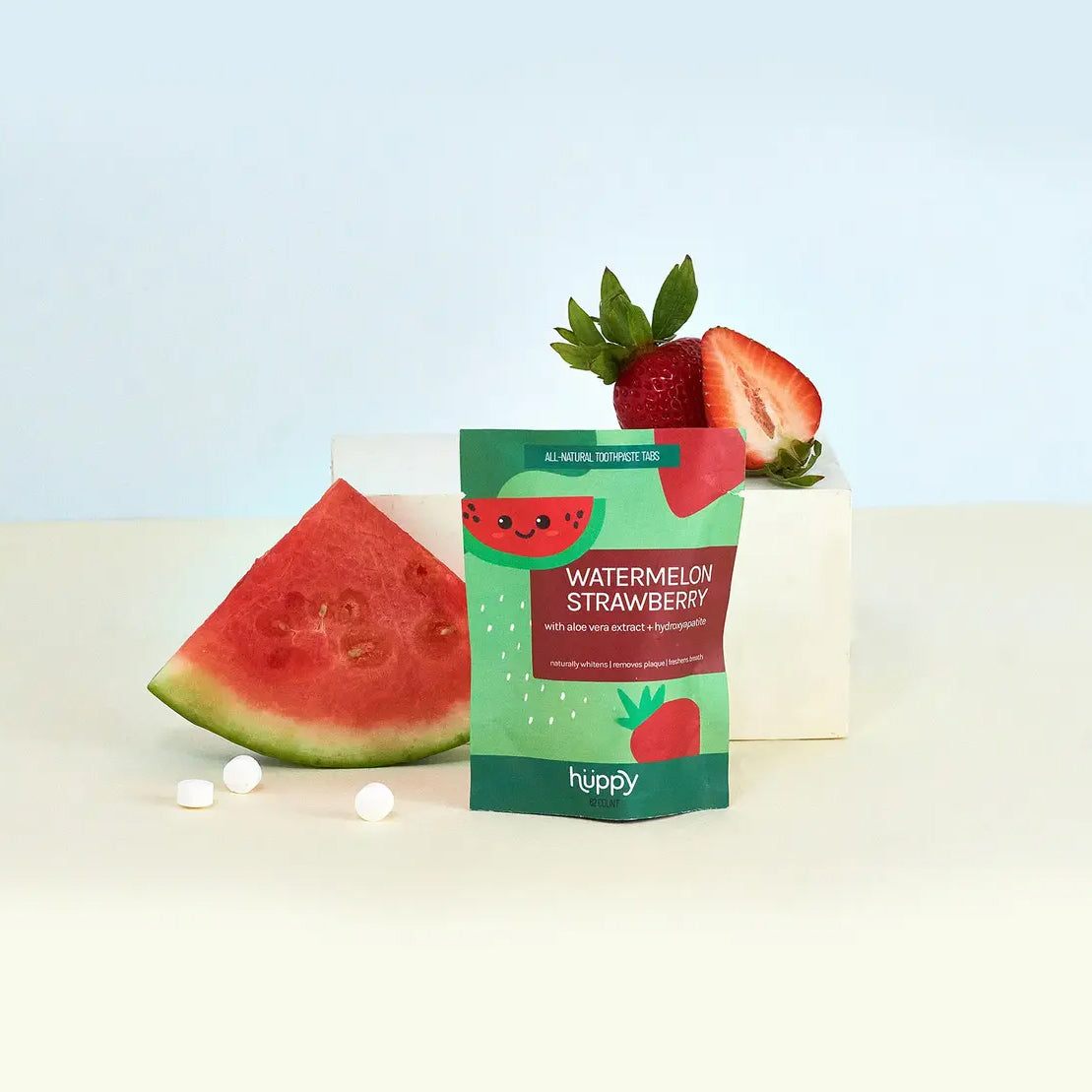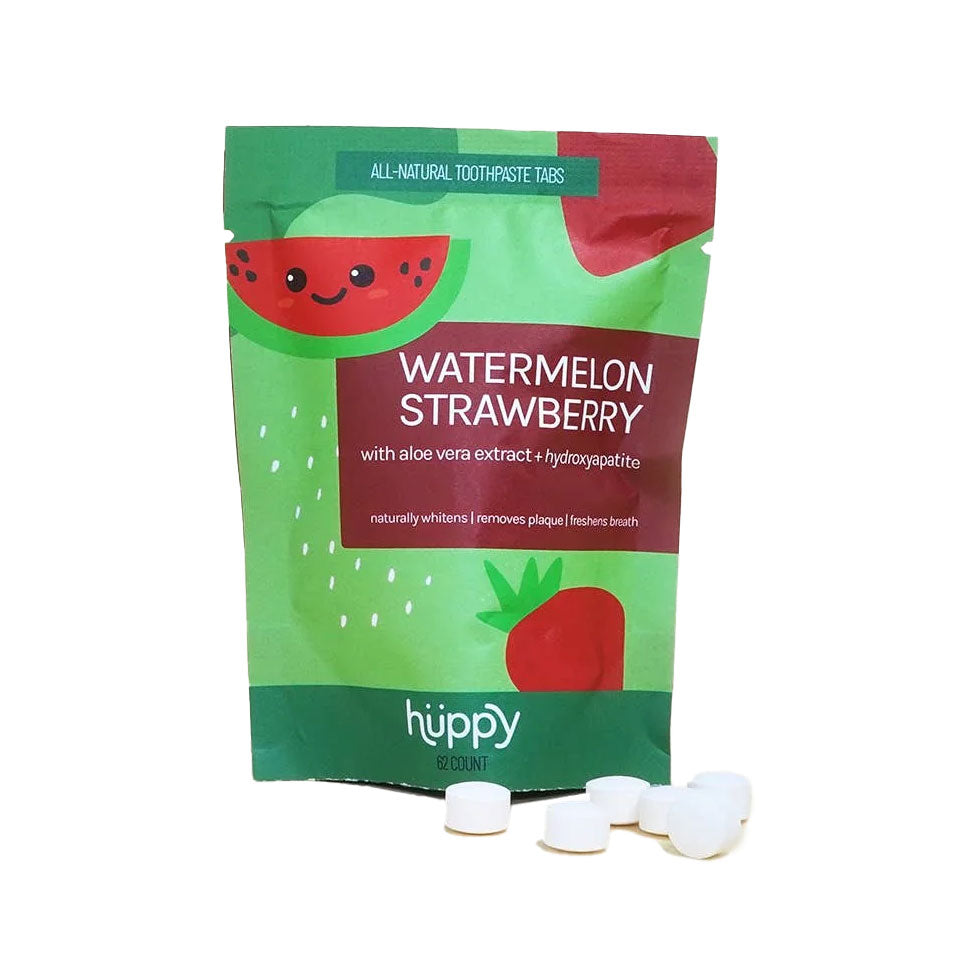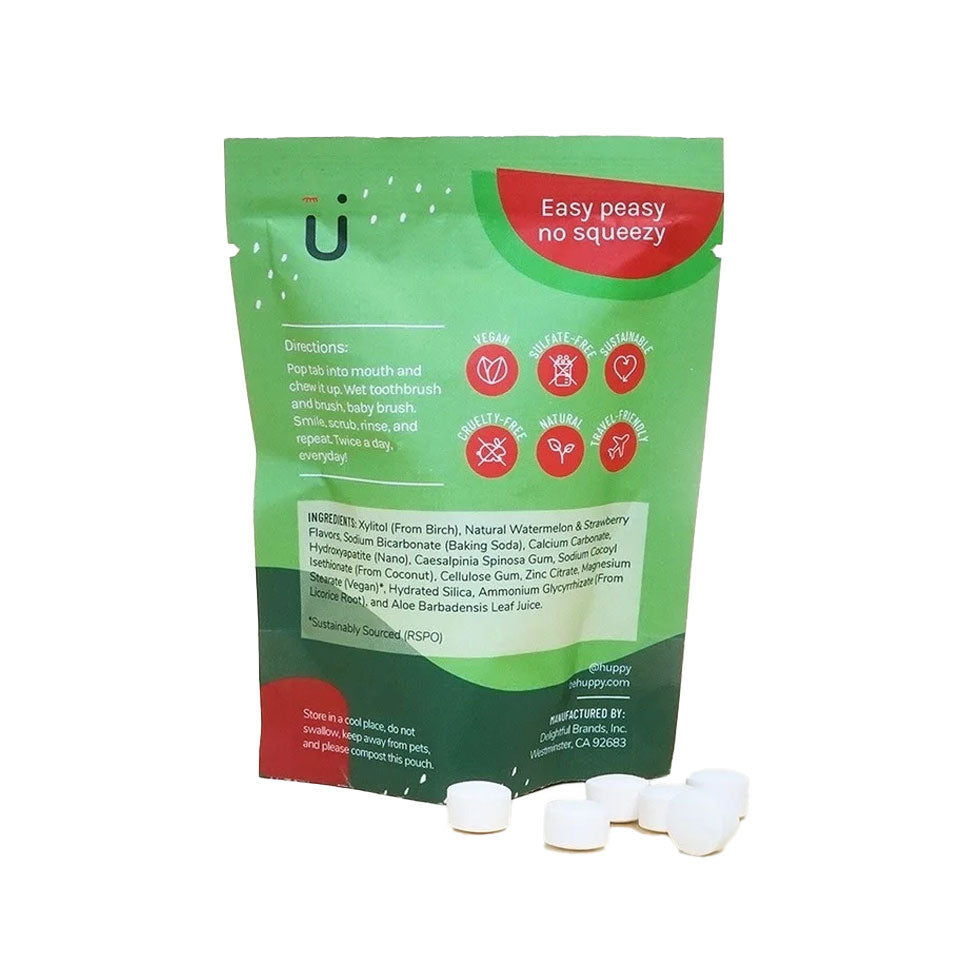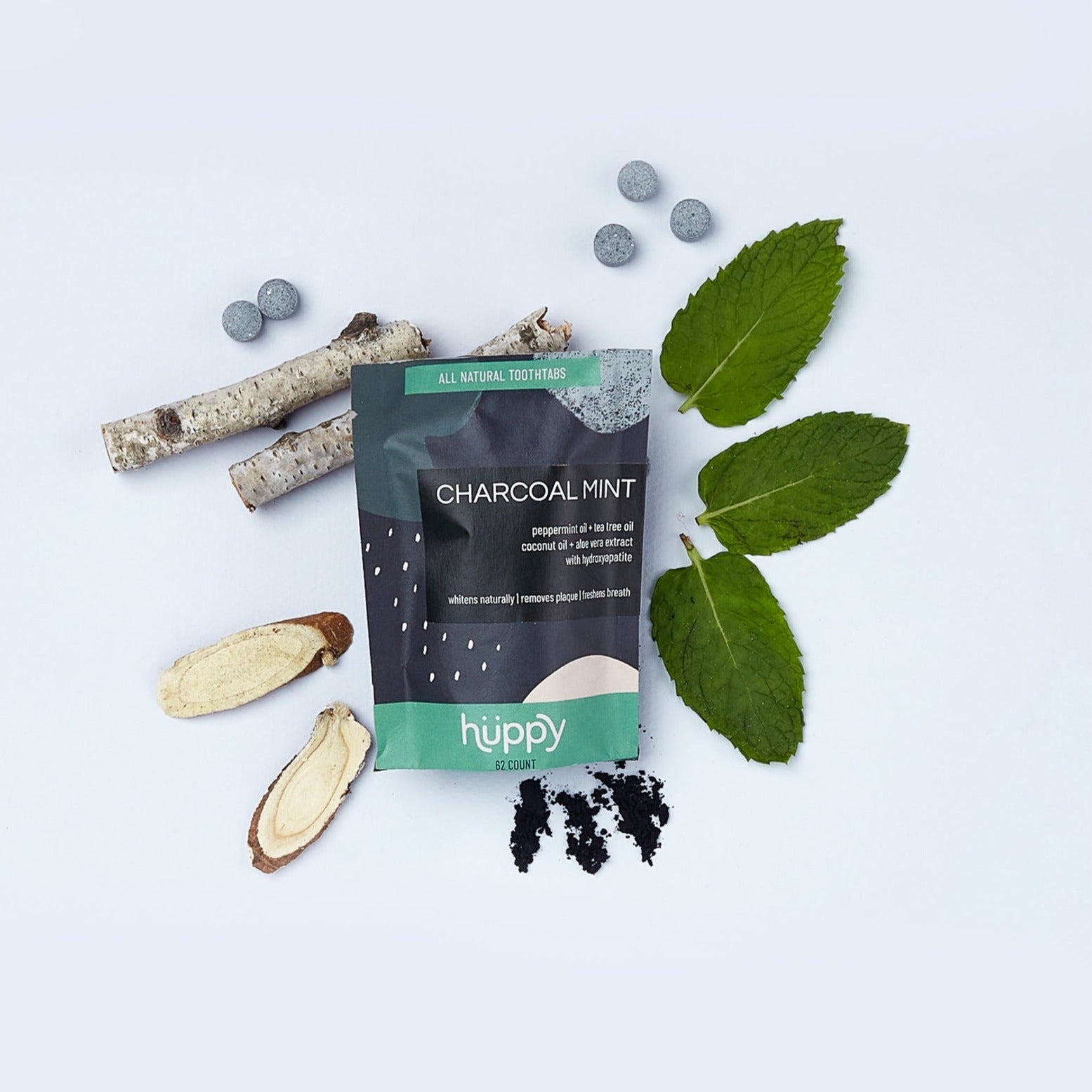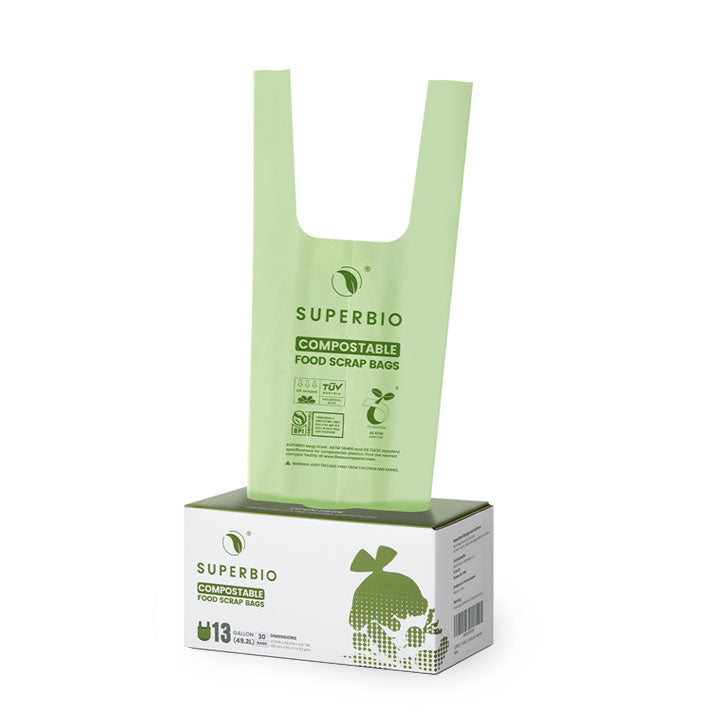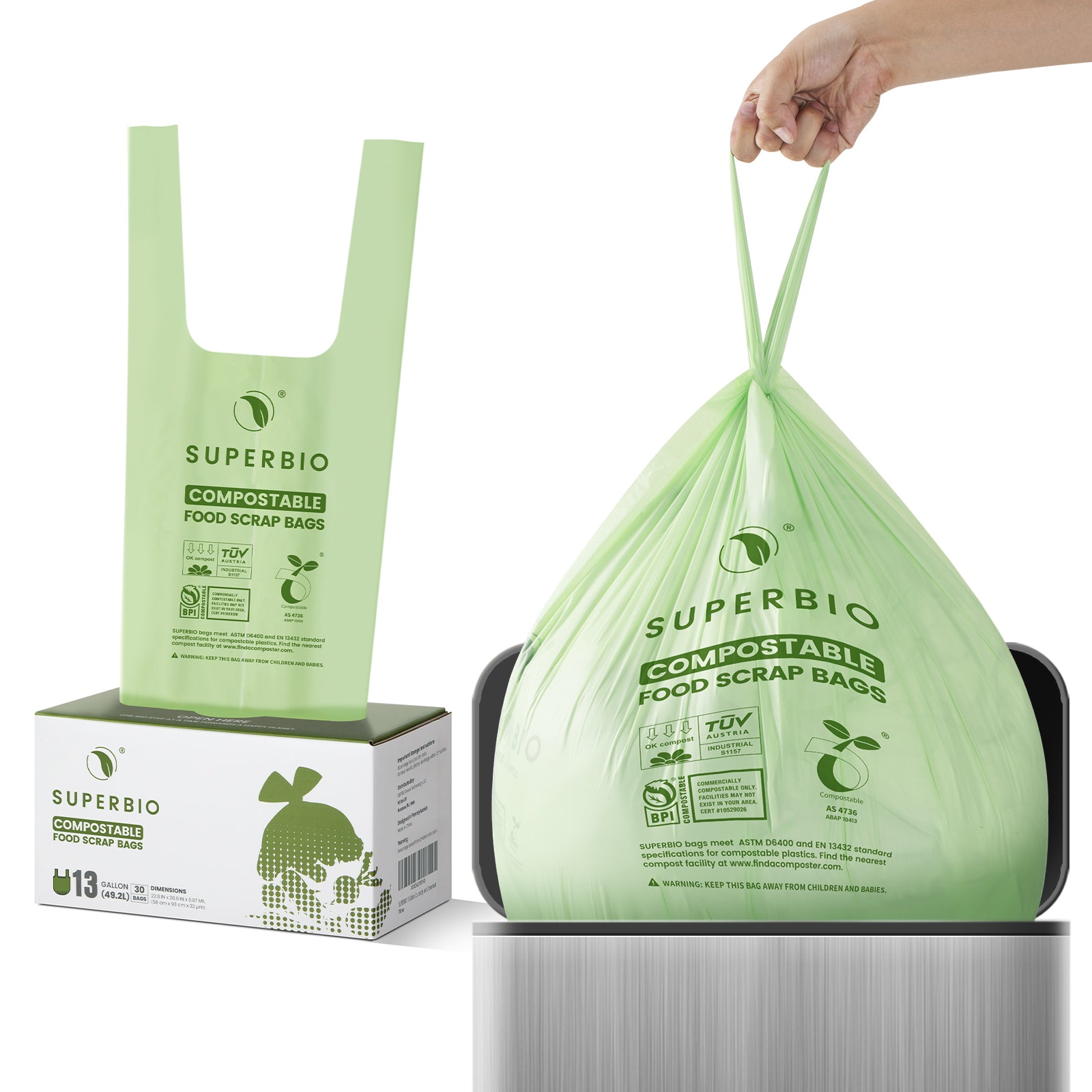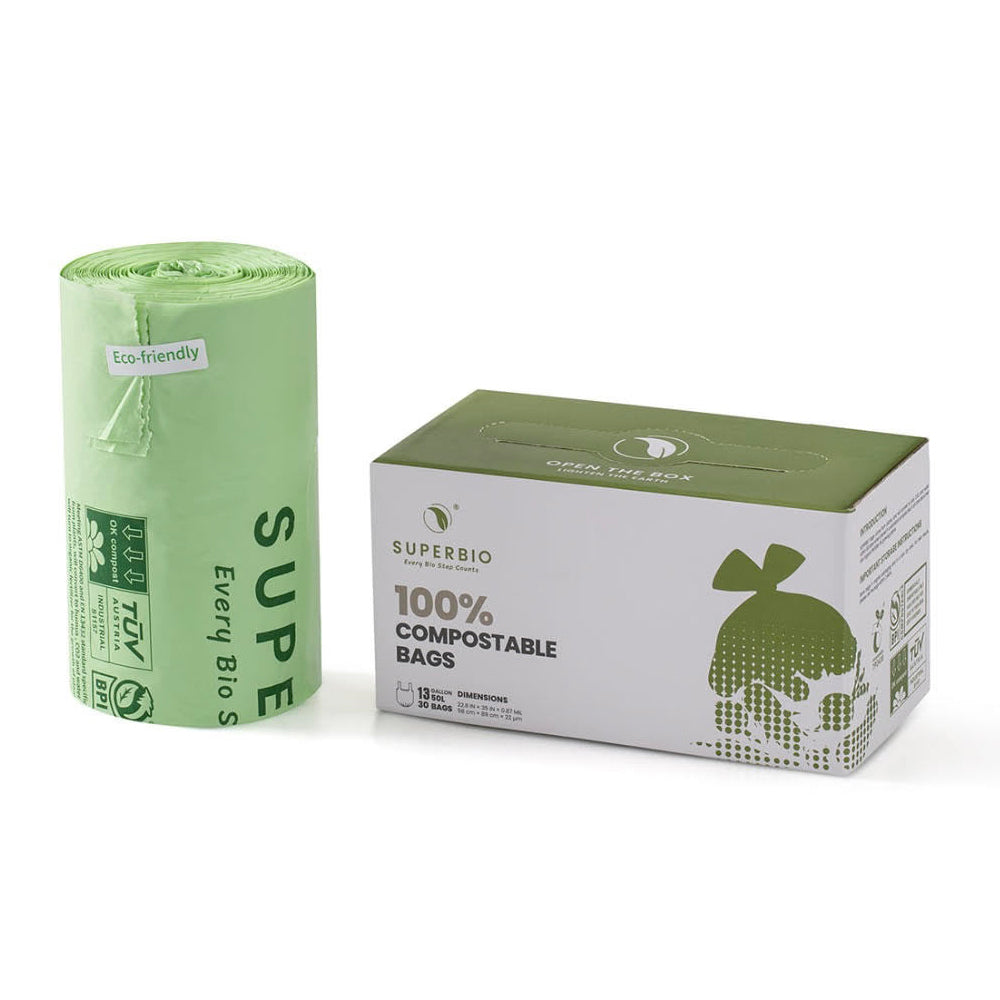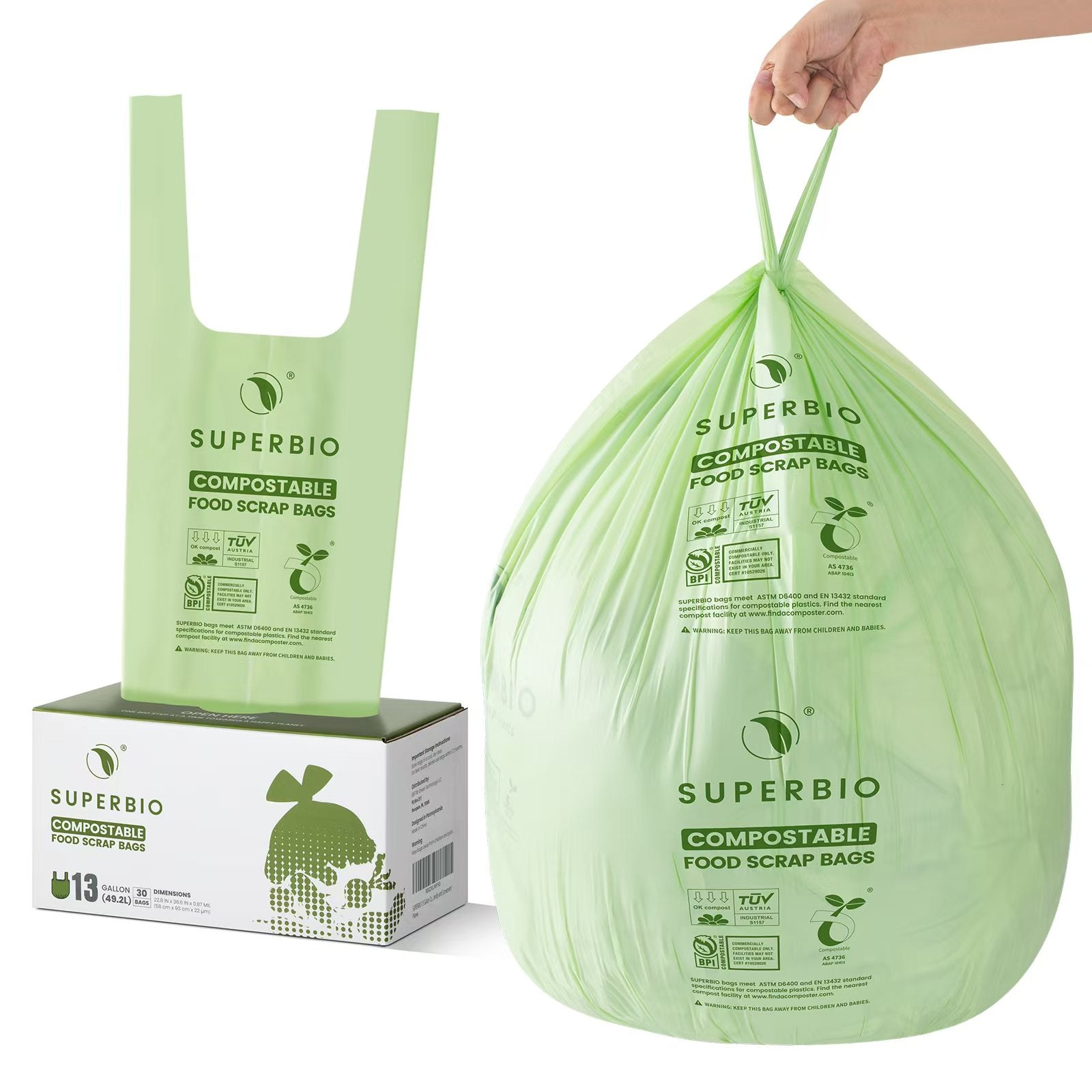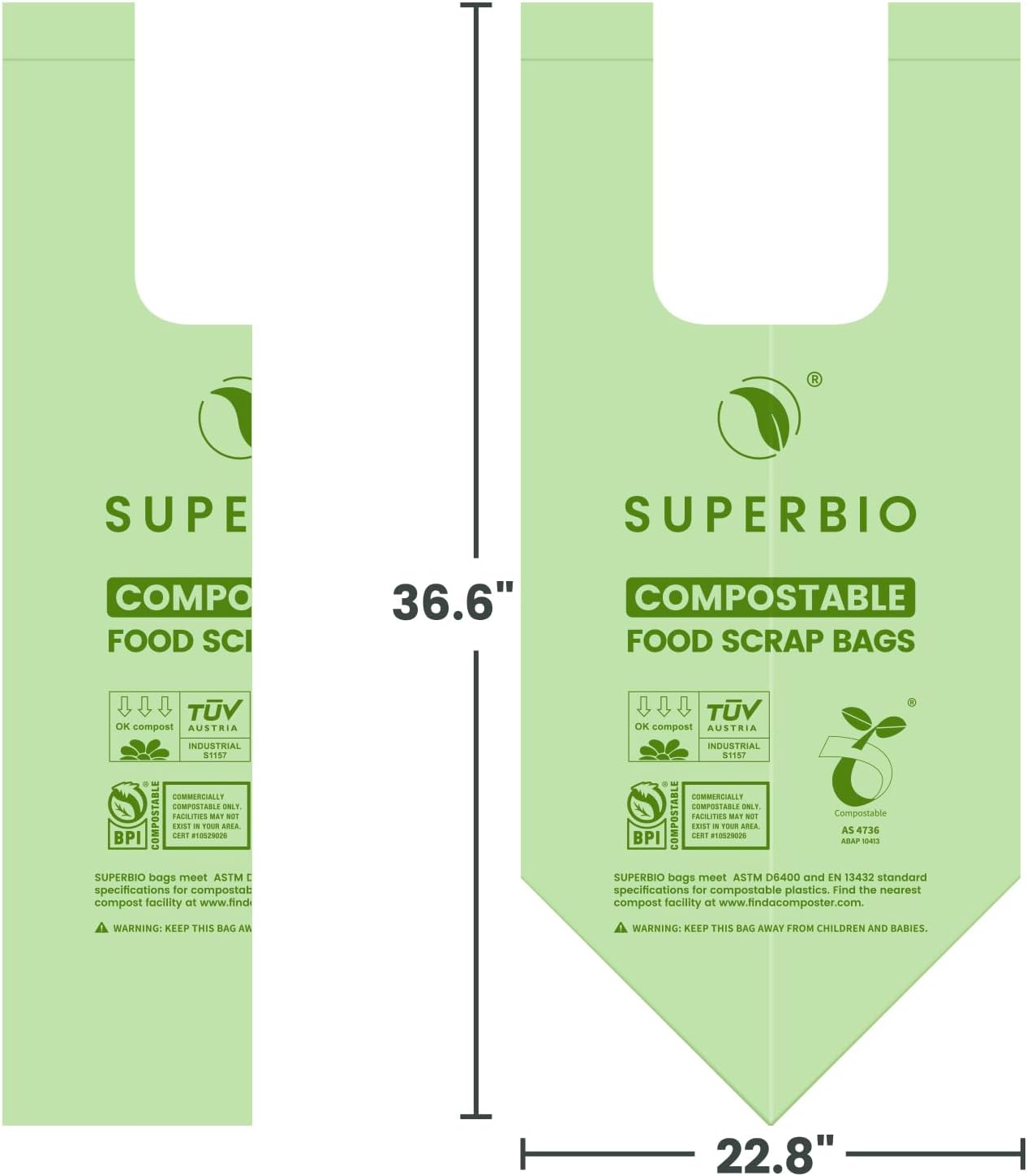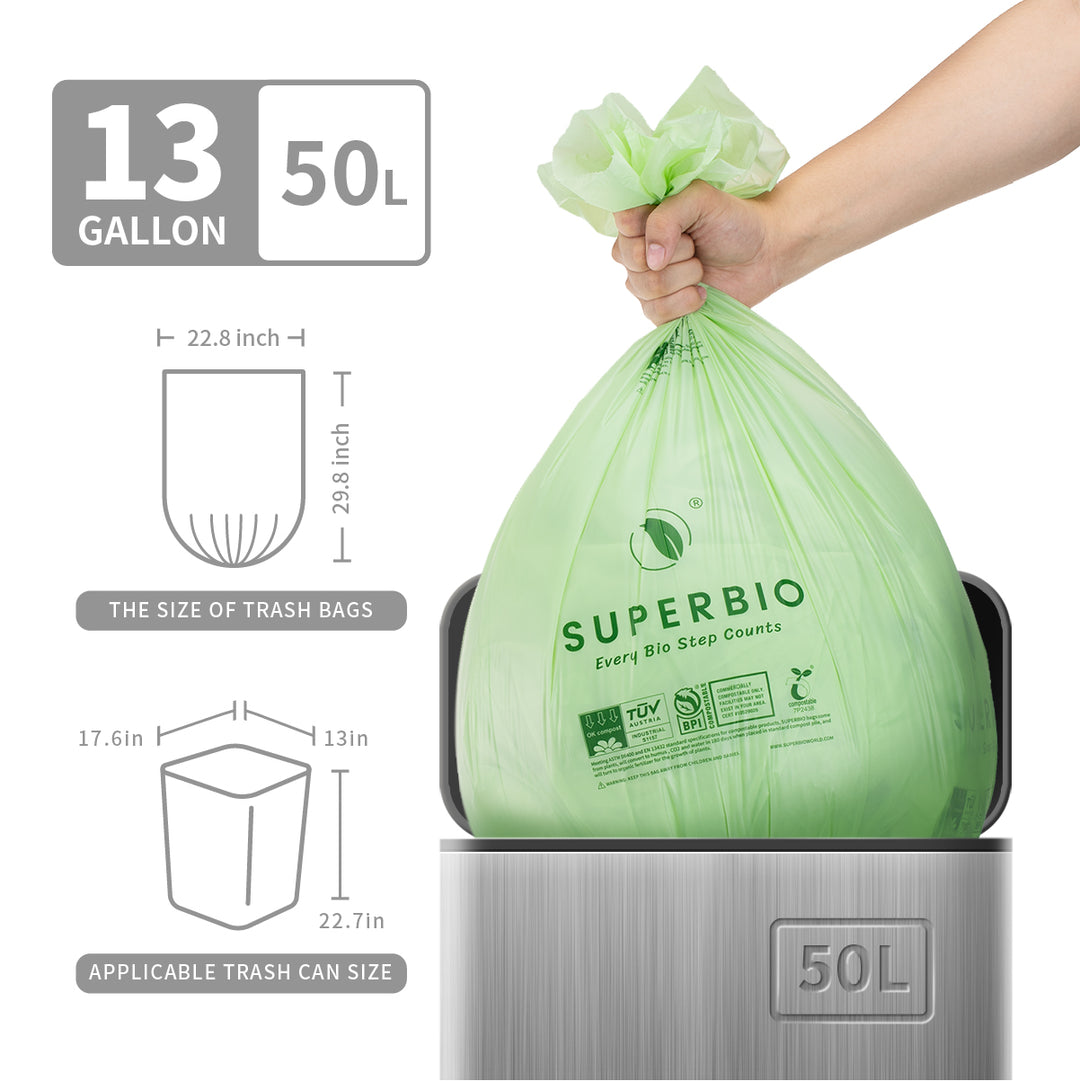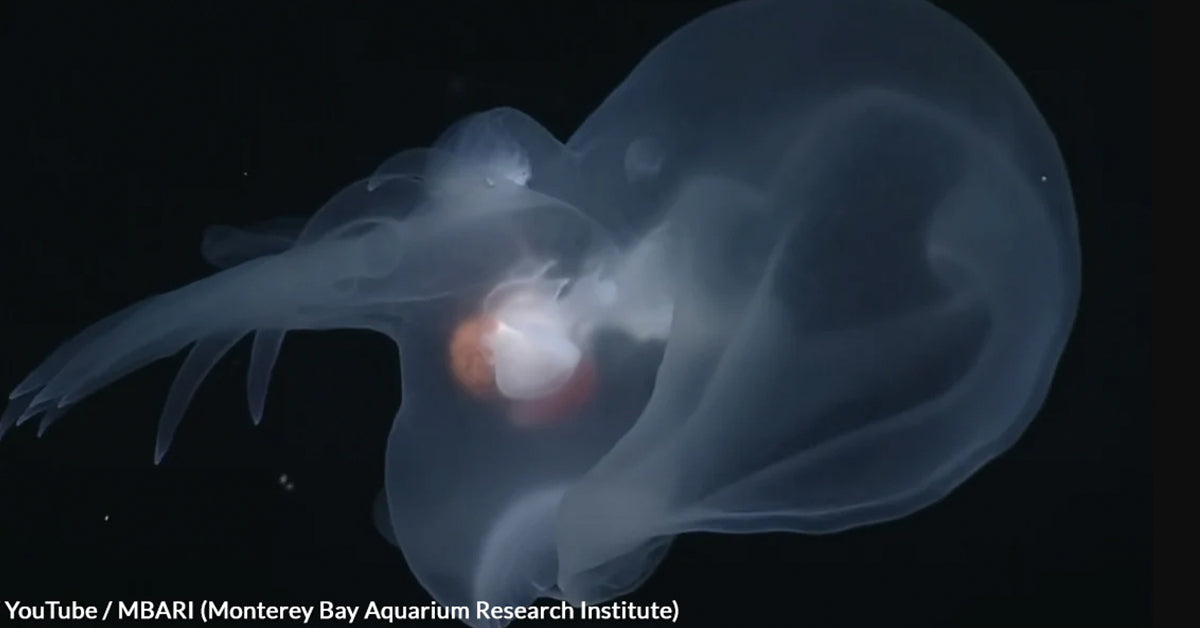Endangered Sunflower Stars Battle Extinction to Save Kelp Forests
The sunflower sea star, once a dominant predator in Pacific kelp forests, teeters on the brink of extinction. This keystone species plays a crucial role in maintaining the balance of marine ecosystems, yet a mysterious disease and environmental changes have decimated its populations.
Vox reports that over 90 percent of sunflower sea stars were lost to sea star wasting disease starting in 2013, leading to the proliferation of sea urchins and the destruction of kelp forests.

Photo: Wikimedia Commons / Boughton, U.S. Fish and Wildlife Service, License: Public Domain
The sunflower sea star is a keystone predator in Pacific kelp forests.
The Decline of the Sunflower Sea Star
Approximately a decade ago, the sunflower sea star population along the West Coast collapsed due to sea star wasting disease, compounded by marine heatwaves. National Geographic points out that this disease affected nearly 20 species of sea stars, with the sunflower sea star being one of the hardest hit. The absence of these predators allowed sea urchin populations to surge, leading to the creation of urchin barrens where lush kelp once thrived.

Photo: Wikimedia Commons / Corrner, License: Public Domain
Sea star wasting disease decimated over 90% of sunflower sea star populations.
Efforts to Breed in Captivity
In response to this crisis, scientists have embarked on an ambitious project to breed sunflower sea stars in captivity. Institutions like the California Academy of Sciences, Birch Aquarium, and the Sunflower Star Laboratory are at the forefront of these efforts, Bay Nature reports.
Melissa Torres, a senior aquarist at Birch Aquarium, told National Geographic that the team celebrated a significant milestone when they produced fertilized eggs in 2024.

Photo: Wikimedia Commons / National Marine Sanctuaries, License: Public Domain
The loss of sunflower sea stars led to a surge in sea urchin populations.
Reintroduction into the Wild
The ultimate goal is to reintroduce these captive-bred sea stars back into their natural habitats. University of Washington researchers have taken the first steps by releasing twenty juvenile sunflower sea stars into the San Juan Islands, KUOW reports. As these stars begin their journey, they navigate their way into eelgrass meadows where they can resume their role as apex predators.

Photo: Wikimedia Commons / elena lovato-kraut, License: Public Domain
Sunflower sea stars can regenerate lost arms, aiding their survival.
Collaborative Conservation Efforts
Saving the sunflower sea star is a collaborative endeavor involving multiple institutions and community partners. Cal Poly Humboldt’s marine researchers work alongside aquariums and conservation groups to develop effective breeding and rearing techniques. As Humboldt NOW reports, the involvement of students and local tribes fosters a community-driven approach to conservation.

Photo: Wikimedia Commons / U.S. National Archives and Records Administration, License: Public Domain
Sunflower sea stars play a vital role in maintaining marine biodiversity.
Future Prospects and Challenges
Despite the progress, numerous challenges remain. The exact cause of sea star wasting disease is still under investigation, and there is a risk that reintroducing captive-raised stars could spread the disease, Vox reports.
Ongoing research is essential to ensure the health of released populations, and as breeding techniques improve and more juveniles mature, the prospects for the sunflower sea star’s recovery brighten.
The battle to save the sunflower sea star is a testament to the resilience of scientific collaboration and conservation efforts. As researchers continue to refine their methods and understand the complexities of sea star biology, there is hope that these remarkable creatures will once again thrive in the Pacific Ocean, restoring the health and diversity of kelp forest ecosystems.




























































































